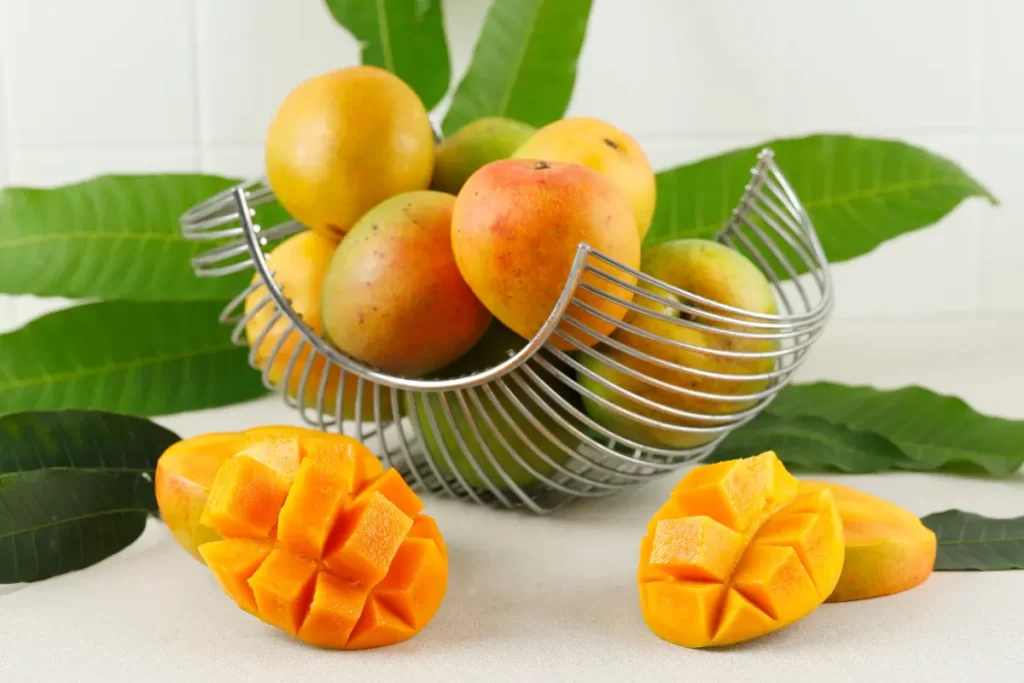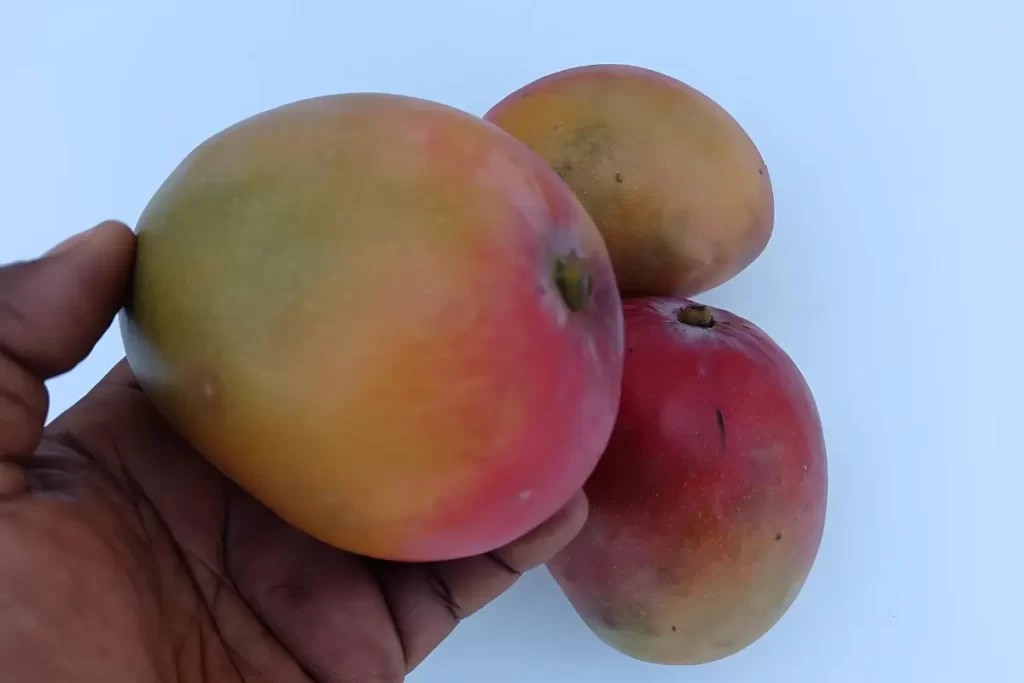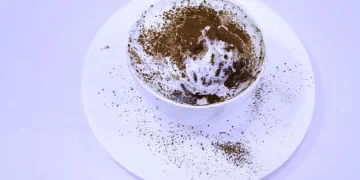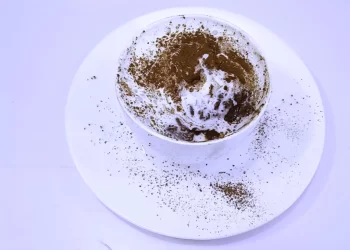Mangoes are a delicious and nutritious tropical fruit, but knowing how to tell if a mango is ripe can be tricky. Picking an unripe mango can lead to a sour and disappointing experience, while an overripe one might be mushy and unpleasant. In this comprehensive guide, we’ll explore various techniques to help you determine the perfect ripeness of a mango every time.

Table of Contents
How to Tell if a Mango is Ripe: The Visual Cues
1. Color:
The color of a mango’s skin can be a good indicator of ripeness. Ripe mangoes typically have a vibrant, deep yellow or reddish hue, depending on the variety. Avoid mangoes that are still predominantly green, as they are likely underripe.
2. Texture:
Gently squeeze the mango. A ripe mango should have a slight give when pressed but shouldn’t be overly soft or mushy. An unripe mango will feel firm.

Checking for Ripeness: The Aroma Test
Another reliable way to tell if a mango is ripe is by its aroma. Ripe mangoes have a distinct, sweet, and fruity scent. Bring the mango close to your nose and take a whiff. If you can smell the mango’s fragrance, it’s likely ripe and ready to eat.
How to Tell if a Mango is Ripe: The Stem Test
Look at the stem end of the mango. A ripe mango will have a slight depression or wrinkles around the stem, indicating that it has ripened and separated slightly from the stem. An unripe mango will have a smooth, flat stem area.
Ripening Mangoes at Home
If you’ve purchased mangoes that are still a bit underripe, you can ripen them at home. Place them in a paper bag or a container with a ripe banana or apple. The ethylene gas released by the ripe fruit will help speed up the ripening process of the mangoes.
Conclusion:
Knowing how to tell if a mango is ripe is essential for enjoying this delicious fruit at its peak flavor and texture. By considering the color, texture, aroma, and stem appearance, you’ll be able to select perfectly ripe mangoes every time. Remember, with a little practice and patience, you’ll become a mango-ripeness expert in no time!













